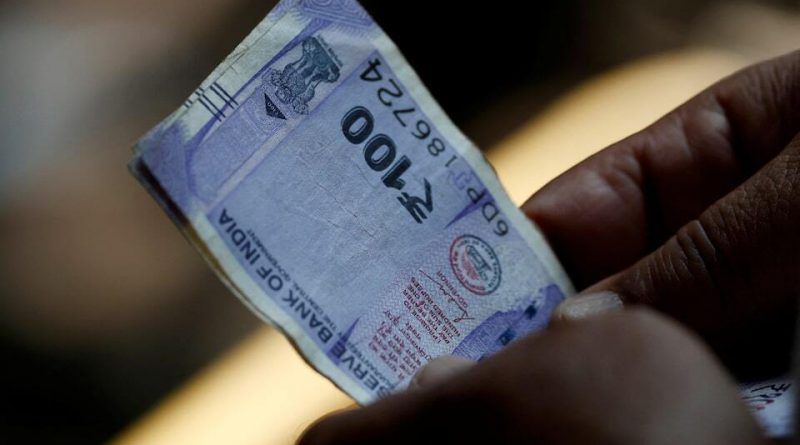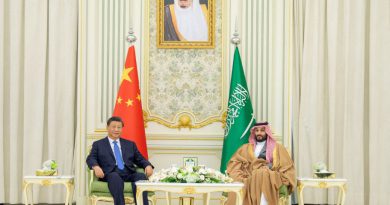Indian Rupee Sees Temporary Dip as Market Adjusts, Analysts Expect Stability Ahead
Mumbai — The Indian rupee experienced a short-term correction on Monday, easing slightly against the U.S. dollar as traders rebalanced positions and importers increased dollar purchases.
Despite the decline, analysts remain confident about the currency’s medium-term stability, citing strong central bank support and India’s resilient economic fundamentals.
The rupee closed at 88.24 per U.S. dollar, reflecting a modest 0.4% decline for the day. Market experts attributed the move to a combination of traders unwinding long positions and routine dollar demand from importers, particularly in the energy sector.
Such adjustments, they noted, are a normal part of market dynamics as participants respond to shifts in global and domestic conditions.
In recent weeks, the Reserve Bank of India (RBI) has been actively ensuring stability in the currency market through timely interventions, which helped the rupee stay above the 88 mark for much of October.
On Monday, however, traders observed a brief easing of this support as market forces were allowed to play out naturally. This led to some short covering and profit-taking among traders, resulting in momentary volatility.
Market observers noted that even with the day’s decline, the rupee continues to outperform several regional currencies. Earlier this month, heavy RBI intervention and steady foreign exchange inflows had strengthened the rupee, keeping it well-supported against global fluctuations.
Analysts believe that this performance underscores the currency’s underlying strength and India’s ability to manage external headwinds effectively.
Importers, including major oil companies, were seen purchasing dollars to meet near-term payment obligations. This consistent dollar demand is typical at month-end when corporates settle international contracts.
Traders emphasized that such activity reflects normal business cycles rather than any signs of sustained weakness in the rupee.
Analysts from leading financial institutions have maintained a neutral to optimistic stance on the Indian currency. According to a note from BofA Global Research, the rupee’s overall valuation remains attractive, supported by a softer U.S. dollar trend expected in the final quarter of 2025.
They acknowledged that global trade uncertainties, including those surrounding services exports, continue to influence short-term sentiment, but the broader economic picture remains positive.
India’s 40-currency real effective exchange rate (REER) stood at 97.65 in September, indicating that the rupee remains undervalued. Economists view this as a positive signal, as it enhances the competitiveness of Indian exports in global markets.
With the rupee trading below the equilibrium level of 100 on the REER index, India’s manufacturing and services exports are positioned to benefit from stronger demand abroad.
Globally, the U.S. dollar index remained stable around 98.8, while the offshore Chinese yuan strengthened to a one-month high amid encouraging developments in trade discussions between Washington and Beijing.
Positive sentiment in Asia’s major economies has created a generally supportive environment for emerging market currencies, including the rupee.
On the domestic front, confidence in India’s economic outlook continues to reinforce currency stability. The nation’s strong foreign exchange reserves, sustained FDI inflows, and robust macroeconomic performance have provided a cushion against global volatility.
Economists expect that as inflation remains under control and GDP growth stays on track, the rupee will find renewed strength in the coming months.
Officials from the Indian government have also expressed optimism about ongoing bilateral discussions with the United States.
A senior official recently indicated that a trade agreement between New Delhi and Washington is “very near,” a development that could further boost investor sentiment and strengthen the rupee’s outlook.
While short-term market fluctuations are expected, the overall trajectory of the rupee remains steady. Market participants believe that continued RBI vigilance, combined with India’s strong economic fundamentals and global partnerships, will ensure currency stability.
As global economic conditions evolve and trade relations improve, the rupee is expected to regain its footing and maintain its role as one of Asia’s more resilient currencies.



